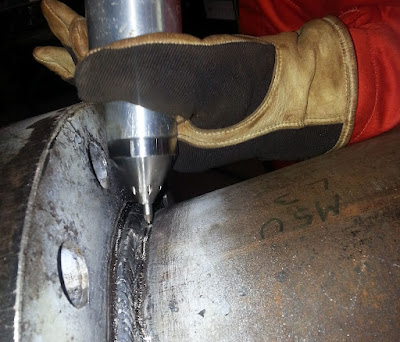How to predict and improve the fatigue life of welds

It is evident that weld models are used by the industry to enhance welded connection design to minimize deformation. The necessary metallurgical models, however, consume a lot of time and energy. This is a significant impediment for big, welded buildings where executing a full-size 3D model is complex. The scholarly community has devised methods for reducing runtimes in the past few decades. Here, we will learn about the fatigue life of welds and how to improve it. Fatigue is an occurrence in which components exposed to cyclic stresses substantially below the substance's failure stress under undisturbed circumstances develop fractures that ultimately expand to cause component failure. The substance's elasticity determines the number of rotations to collapse and the load and other variables such as residual stresses, substance toughness at fracture gaps, particle size, geometry, finish on the surface and the degree of corrosion. Because welds change nearly all of these var...
